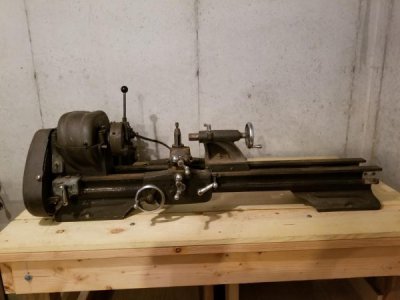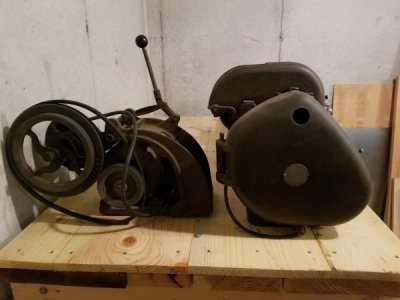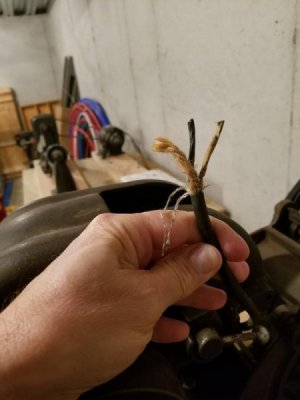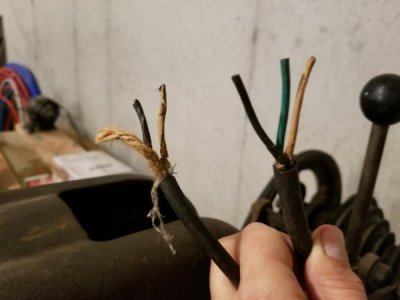cane,
If you want suggestions of how to clean up the lathe, you really need to post photos of the machine. They would also answer at least some of the other questions.
But first, there are two ways in which to specify the size of an Atlas lathe (or if your audience is familiar with the make,any lathe). The most common is to specify the swing and the approximate maximum distance between centers. Note that in the US and territories, swing is the approximate diameter of the largest diameter piece that you can somehow attach to the spindle and not have it hit the ways. In Britain and most of the Commonwealth, the swing is half of that, or the rounded down to the nearest half inch of the distance from the spindle down to the top of the ways. For practical reasons, most makers will have the actual value of either method be just slightly larger than the stated value.
As I am familiar with the Atlas machines, I know that they never made a 10x48. So you must have a 48" long bed. Which means that the lathe is a 10x30. In order to determine which belts you need, we will need to know the model number and/or the Series number. Which photos might answer. Up until 1945, Atlas sold whatever was the current Series (letters <blank> through F) with either of two types of countershaft, called Vertical and Horizontal. They each require different belt lengths. Briefly, the Vertical countershafts have their main bracket attached to ether the headstock, bed or rear of the left leg. In the case of all of the Atlas 10 inch lathes, the Horizontal countershaft is always attached to the top of the stand or bench that the lathe legs are attached to. And for the belt numbers to work, the bracket must be attached the correct distance behind the lathe. This location is shown on documents in Downloads.
Finally, there are two types of belts that will work, known as V-belts and Link belts. Each type has advantages and disadvantages. And each is available in qualities ranging from near-junk to excellent, which usually means with costs from cheap to not-cheap. However, almost every time that the drive belt subject comes up here or in any other forum or on any other list, the thread devolves into an argument between those who like Link belts and those who don't. So anyone who tries to start up that argument again will have his or her first post deleted. Second or subsequent posts will be treated in the same way as political or sex posts and the member may be either moderated or banned. Whichever you decide to use, you will need to know the length. And the FHP V-belt part numbers give that. So when we know what your lathe needs, I or someone will post the factory belt numbers. If you are already familiar with link and V-belts, fine. If you aren't, do a search in only this Forum for "link-belt' and you can read some of the previous discussions and arguments.






